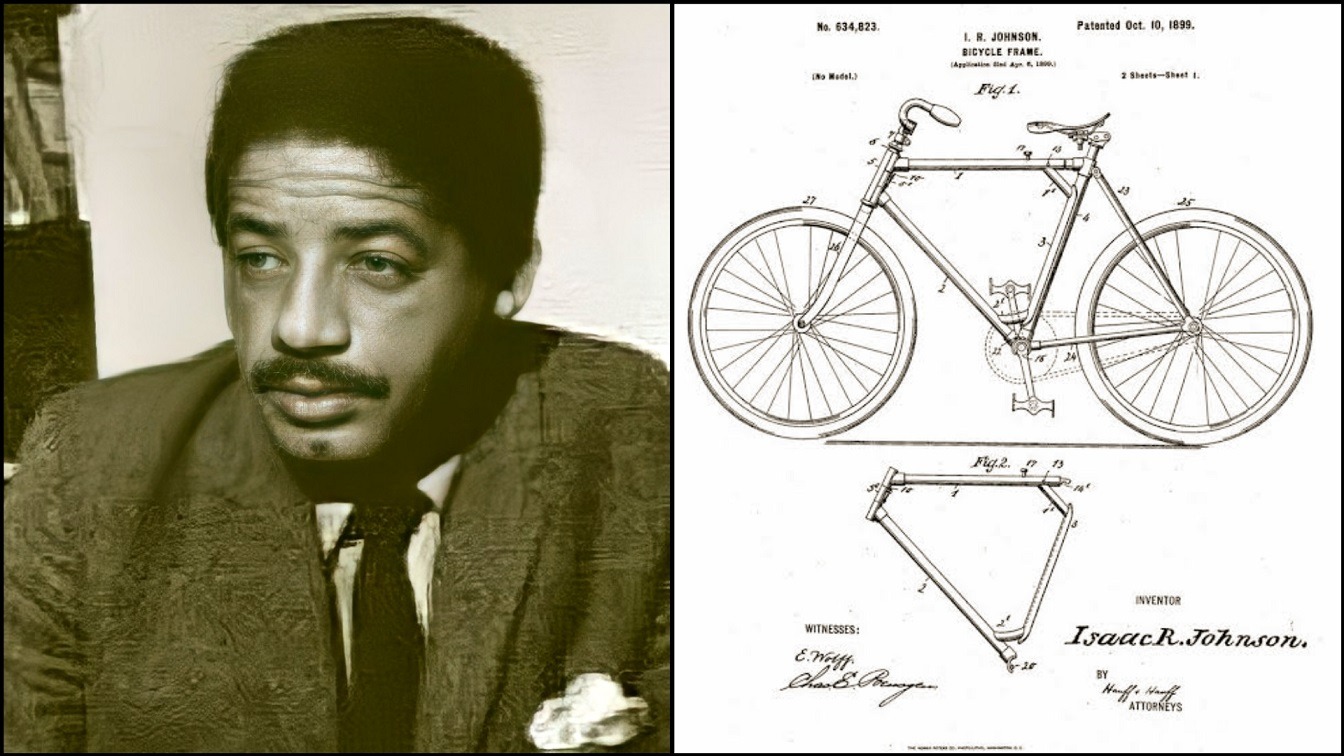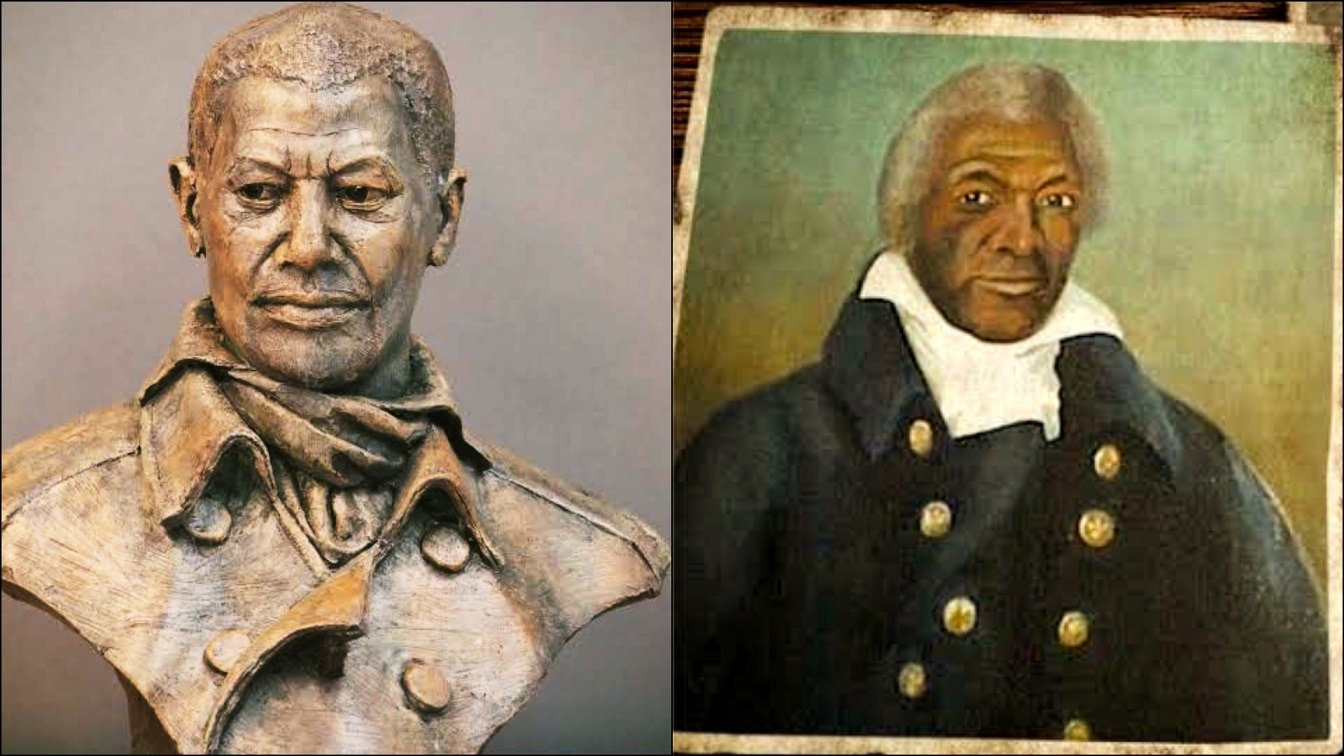It was difficult for an African American to patent an invention, especially in the late 1800s. On October 10, 1899, Isaac R. Johnson overcame this challenge by patenting the bicycle frame.
Isaac R. Johnson was born sometime in 1812 in New York. While he was not the first to invent the bicycle frame, he was the first African American to invent and patent one, particularly one that could be folded or disassembled for easy storage.
In fact, Isaac Johnson’s version of the bicycle frame is similar to the version we ride today, as modern bicycles have the same pattern, but they do not fold up. Johnson’s version was a folding frame that could be stored in small spaces; it was frequently used while traveling and on vacation.
The patent was originally filed for by Isaac R. Johnson in April of 1899, and it was assigned the publication number: US634823 A. The only information we have about Isaac R. Johnson comes from the information he filled out when he filed his patent.
We know he lived in Manhattan, New York, based on this documentation. According to the paperwork, this bicycle frame is an improved version of any previous bicycle frame due to its ability to be disassembled and stored in a truck or other small storage area.
The bicycle also came with instructions that described each component of the bicycle frame, such as figure 1 was a side elevation of a vehicle bicycle and figure 2 was the sectional side elevation of the figure.
The patent paper goes on to explain why this bicycle frame differs from others and why Isaac R. Johnson sought a patent for his invention. “A steering-head section and a frame with a slot-and-stud connection for detachably uniting” and “A bicycle-frame with a front and rear sheath or tube-section, and a steering-post sleeve and seat-post tube to which the sheaths are removably connected” are two of the reasons.






